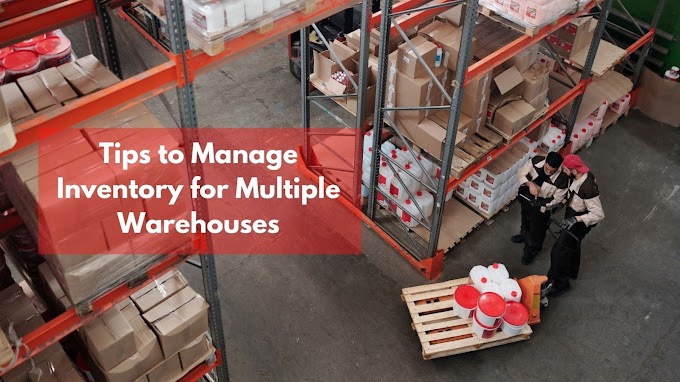The Periodic Inventory System is a stock management tool where a physical count of available stock is conducted periodically. It allows businesses and brands to account for their overall beginning and ending inventory for a specific period.
How Does It Work?
It's no secret that physically taking count of the items in stock for maximum business owners is both time-consuming and tedious. That's why most businesses or brands prefer to conduct the count in determining periodic intervals, perhaps once every quarter or even half-yearly.
Under this inventory system, any new transactions in the middle of the accounting period are tracked and recorded in the company's purchase account. This purchase account records stock movement by deducting from the COGS. Unfortunately, the purchases account does record lost goods or returned goods.
When Periodic Inventory System Can Be Used
Generally, the businesses that apply for this inventory system cannot know the COGS or the exact number of goods in stock until a physical count is conducted. For this reason, the system is recommended for businesses with a low number of SKUs in a relatively slow market.
The inventory system is also suggested for companies that do not want to spend too much money to implement a more detailed inventory accounting system or lack resources. It could be the best solution for start-ups, particularly those with colossal stock or inventories of relatively low-cost products.
Periodic Inventory System vs Perpetual Inventory System
Which is better, the perpetual or periodic inventory method? It is essential to mention that both the methods are accepted under GAAP or General Accepted Accounting Principles.
Over the last few years, perpetual inventory has gained popularity due to the advancement of technology and the invention of barcode scanning and inventory management software. All the same, the periodic inventory system seems to have a soft spot for most small business owners.
Before we explore their differences, you must understand precisely what a perpetual inventory system is.
The perpetual inventory system tracks stock by recording any stock adjustments in real-time through the point-of-sales stock system. It allows continuous stock-tracking as the networks keep a running account, updating every return or sale.
Pros and Cons of The Periodic Inventory System
To ensure you are making an informed decision, we have listed the periodic inventory system's pros and cons below.
Pros of Periodic Inventory System
Simplicity
This is perhaps the most significant benefit of the system, its ease of implementation and use. Since there's no need to acquire bar code scanners, you can switch to this particular system at any point. You can schedule the physical counting of stocks whenever you feel like it. Most businesses prefer to do the physical count of inventory annually.
Cost-Friendly
If you are looking to save on costs, then this is the right method for you. Because you don't have to buy any software to use this system, it becomes incredibly cheap to implement. The only thing you need to invest in to use this system is to take the physical inventory.
Suitable For Small Businesses
The periodic inventory system is appropriate for SMB's that do not necessarily post large volumes of transactions throughout the year.
Cons of Periodic Inventory System
Unknown Stock Levels
In between the allocated accounting period, one can't tell the cost of goods sold when using this system. This is because there is no regular tracking of stock.
Labour Intensive
In the long run, the system could become extremely labour-intensive. This is especially so where your business has grown, both in terms of its inventory and the number of transactions occurring during the accounting period. This would imply requiring a large number of employees and time to conduct the tedious physical inventory count.
Potential revenue losses
Because inventory is not continuously tracked, it becomes difficult to notice shrinkage occurring due to damage, theft, or even misplacement (employee error). Losses arising out of product returns may also go unnoticed. Not tracking your inventory always generally leaves room for varying degrees of potential losses that are difficult to spot.








0 Comments